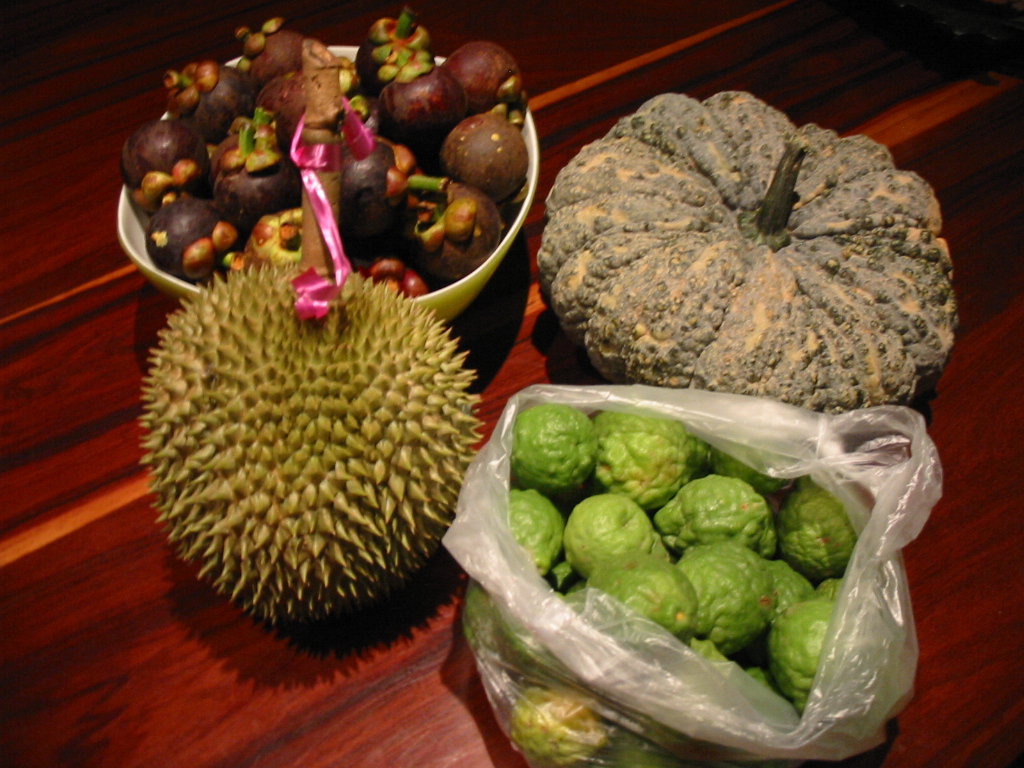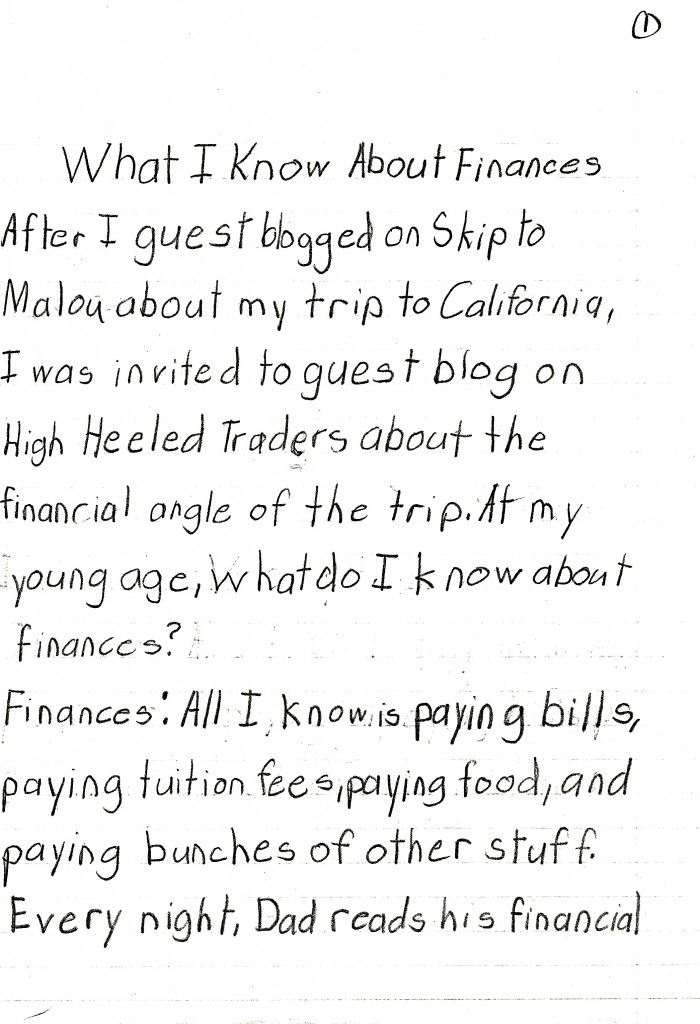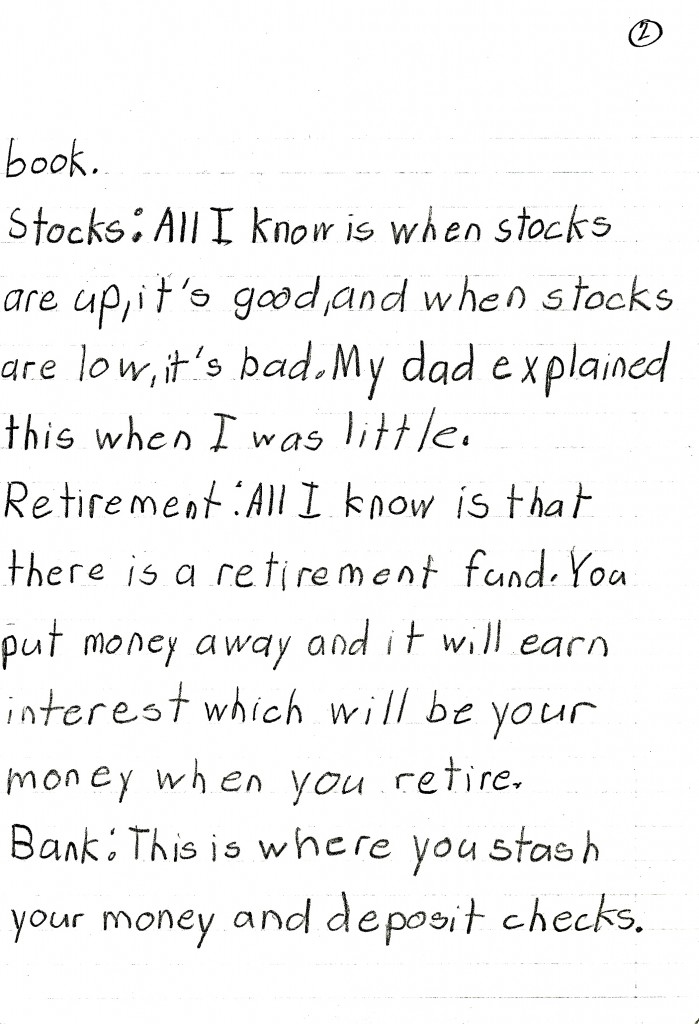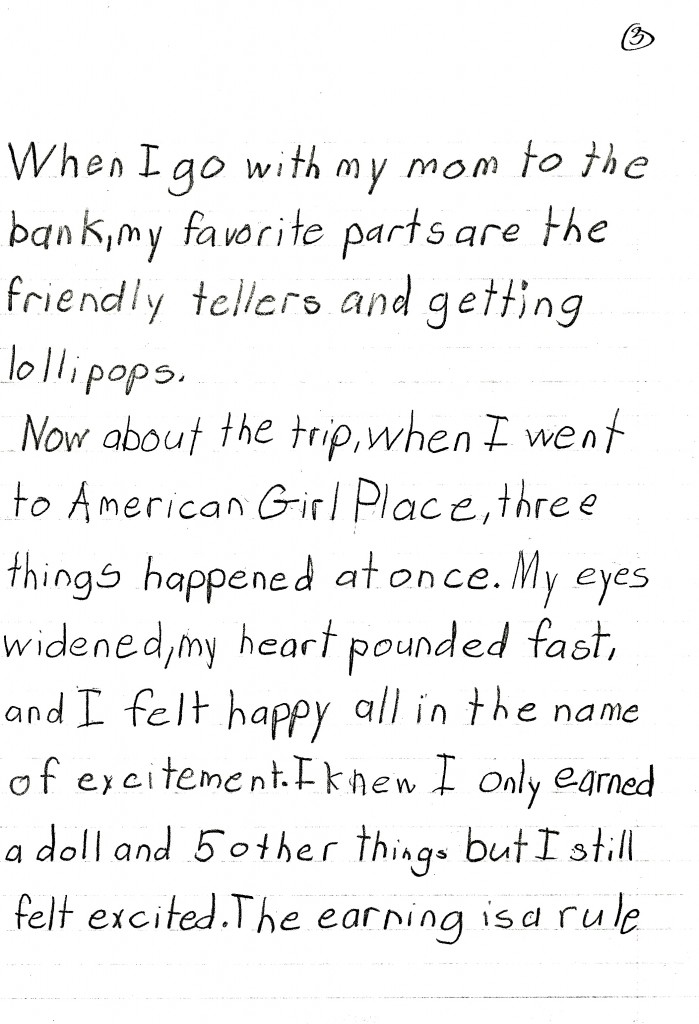
Ripe Philippine Mango
Mangoes, rambutan, durian, santol, mangosteen, papaya, lanzones, jackfruits, guava, star apples, duhat (black plum), sineguelas, cashew, camachile, aratiles, tamarind– I am overdoing the examples 😛 just so excited! These are the tropical fruits of my childhood! Of all, MANGOES are my favourite, just the sight of them, green or ripe make my mouth water!
You might have heard from most people, “Options are risky”. I think, they are just like “exotic fruits”. Something you are probably unfamiliar with, but when you get a taste and get to know it better, you will like them 🙂
Options Basics
I’ve mentioned Options in the earlier chapters, we will discuss it here with greater detail. We will talk about Options on stocks which can be traded by the public. These are called Exchange Traded Options.
First I want to tell you, before trading Options, in Australia you are required to have read and understand the Australian Securities Exchange (ASX) Options documentation. Your broker will even give you a copy to make sure you do this and you are to sign a declaration that you did and you have to get a witness to sign the document and send it back to them for their file (this is serious stuff!) The booklet is written in a factual way and is fairly easy to understand. One of the documents can be viewed in this link (always check the site for updated version):
http://www.asx.com.au/documents/resources/UnderstandingOptions.pdf
IMPORTANT : All the factual information you’d want about Options are provided by the Exchange. Here I will give the basic details for your reference in our discussion of an example in the discussion of Trading Process. Please refer to the official documents for other important information.
This is the ASX “official” definition of an Option:
“An Option is a contract between two parties giving the taker (buyer) the right, but not the obligation, either to Buy or Sell a parcel of shares at a specified price on or before a specified date”.
Clear as mud? 🙂 Let’s break it down.

Green Mangoes - photo by Janet de Asis
1. It is a contract – an agreement, you don’t have to own any anything to enter into a contract
2. There are 2 parties –think 2 people shaking hands – one has an interest and another has an interest and you both think you can get what you want when doing the contract. In this case, someone is Buying the contract that someone is Selling.
- The Buyer is called Taker – she takes up the contract
- The Seller is called the Writer -someone who should be willing to satisfy the responsibilities of the contract, at all times.
3. To buy a contract gives a “right” – but not the obligation, it’s probably where it gets its name – it’s “Optional”. The Buyer don’t have to do something she does not want to do. (Like I have the “right to remain silent” – that I don’t use much!) 🙂
4. The contract is tied to an asset – in the statement above it’s referring to shares. When you exercise your right, for example, the “right to buy”, you are now buying the asset, in this case, the shares at an agreed price, see No. 5
5. The parties to the contract choose the price they want to do the deal on, for example 12.50, it is called Exercise Price or Strike Price. If the Taker wants to exercise her “right to buy”, she will do so at this price.
6. The contract expires. You choose a contract with the expiration date you want. The transaction can be closed before or on the expiration date. If the buyer doesn’t want to exercise her right, the contract will just “expire” and become worthless and the parties are freed from the contract.
More info on Options…. (not mentioned in above definition)
7. There is a price to pay for this convenience. For the Buyer to have this “right”, she pays a price called the “premium”, to the Seller. The Seller keeps this “premium”, at all times, no matter what happens. This is a sure income for the Seller, for this, the seller is obligatedat all times to deliver what is required in the contract. The premium is quoted per share and paid per contract. See No.8
8. A contract covers 100 shares (European style is 1000)– this is also known as “contract size”. The premium payable for the contract is computed as follows : Premium quoted per share – 15cents, multiplied by 100 (shares covered by the contract), the total premium to be paid is $15 per contract. Sometimes the contract size varies, but generally there are 100 shares in 1 contract.
9. You identify the contract you want to trade on by the Options Series, which is the name given to the contract. This is set by the exchange where you trade, and readily identify the
- Asset
- Strike Price
- Expiry Date
- Contract Size
The Premium is arrived at by the Buyer and Seller of the contract through their orders that get matched in the market.
For example :
STODW8 – When you transact on this series, the
- Asset is STO (Santos – oil and gas company, symbol is STO)
- Strike Price is 14.61
- Expiry Date is 25 Aug 2011
- Contract Size is 100
- Premium is 35cents
Each Series is already designated their Option Type, see No. 10
Each Series will have an indication of how many people have transactions open in that series, the term is “Open Interest” which will indicate how “liquid” it is, how busy, which is one of the things to look at in our low-risk opportunity summary in the Trading Process.
10. There are 2 Types of Options contracts.
- Call Options contract give the Taker the “right to Buy”
- Put Options contract give the Taker the “right to Sell”
Here’s a summary of rights and obligations for the 2 types of Options:
| |
Call |
Put |
| Taker |
The right to Buy |
The right to Sell |
| Writer |
The obligation to sell |
The obligation to Buy |
Example :

Thai Exotic Fruits - photo by Kriengsak Senaworaprasit
STO’s current price in early June is 14.11. STODW8 14.61 Call option gives the Taker the right to Buy 100 STO shares for 14.61 each,on or before the expiry date of the option in August. Premium paid is 35 cents per share and Taker buys 5 contracts of 100 shares, paying the Writer $175 (.35 per share x 5 contracts x 100 shares)
If exercised, the writer of the option must sell 500 shares of STO at 14.61, receiving $7,305 for his shares and keeping the additional $175 received as premium.
If STO’s price does not go above 14.61, the Writer keeps her shares and the $175 premium, while the Taker gets no benefit – Call Option is only profitable ABOVE the Strike Price. The option becomes worthless. She can sell the Option with profit or loss before it expires– or let it lapse.
Put Option
STO’s current price is 14.11. STODK8 14.14 Put option gives the Taker the right to Sell 100 STO shares for 14.14 each, on or before the expiry date of the option in August. Premium paid is 50 cents.
If exercised, the writer of the option mustBuy 500 shares at 14.14, paying $ 7,070 less the $175 received as premium.
Same as in Call Option, the Taker can sell the Option perhaps even with profit or loss before it expires or let it lapse. Put Option is only profitable to the buyer BELOW the Strike Price.
The Price to Pay
To have the “right” granted by the contract, premium is paid, which has 2 parts.
1. Intrinsic Value – this is the difference between the market price of the underlying share and the exercise price of the option.
For example, in the PUT Options above, STODK8 the market share price is 14.11, the Strike Price is 14.14, the difference of the two prices is 3 cents, this is the Intrinsic Value.
2. Time Value – this is what remains of the Premium less the Intrinsic Value
In the same example STODK8 the premium is 50cents and the Intrinsic Value is 3 cents. The time value is 47cents.
You will notice that for the Put Option example above, the Time Value is high, this is because the current price is below the Strike Price and the Series STODK8 expiry is still 2 months away. It’s like saying the option is already profitable, hence it has a higher value, the term “in-the-money” applies in this situation.
On the other hand, for the Call Option example, the current price 14.11 is below and still far from the Strike Price 14.61, it has no Intrinsic Value and only have time value, the term “out of the money” applies.
There are mathematical computations on how Options are priced or “pricing models” and behaviour of prices or “delta”, in reality prices are simply determined by the Buyers and Sellers agreeing in the market.
________________________________________________________
Why do it?
There is obviously a lot to consider, and for sure, there are risks to it. Like the “exotic fruits” I was telling you about, there are risks to get them. Getting less-than-ripe or slightly bitter fruit, getting bitten by ants, getting scratched or falling from the tree(waaaaaaaaa! J) . Still, we go in search of the ripe/good ones because we know how delicious (and healthy!) they are. It takes practice, perseverance and experience (also some height?) to get to the fruits, so when we were kids, when all else fails, we’d usually ask an older person for help. Well, I got my high heels on J, I’m old enough and I’ve been trading Options from the beginning, here are the fruits of my experience.
Why should we consider Options in our overall investment? A recent Bloomberg article reported a survey among investors that indicated Options are getting more popular, given the market featuring a lot of uncertainties,it’s become clear that it’s hard to get good results by the traditional “buy and hold” strategies. Investors are demanding better returns on their money and protection of the value of their assets. We can look to Options strategies that provide ways to satisfy that demand and improve performance.

Thai Tropical Delights - photo by Kriengsak Senaworaprasit
 FINANCES: All I know is paying bills, paying tuition fees, paying food, and paying bunches of other stuff. Every night, Dad reads his financial book.
FINANCES: All I know is paying bills, paying tuition fees, paying food, and paying bunches of other stuff. Every night, Dad reads his financial book.


































